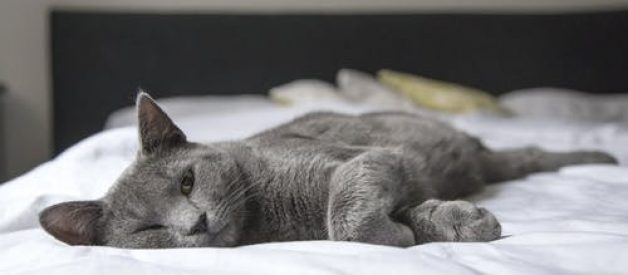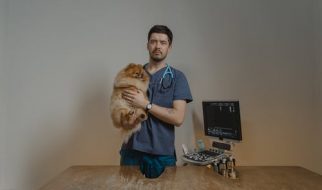Many individuals ignore the significance of dental care for their pets, damaging their general health and well-being. If you’re much more worried about your pet’s behavior, coat, and joints than their teeth, you’re excused from paying as much attention as possible. Poor knowledge regarding oral health is one unfavorable result of this.
Prevalent Myths About Your Pet’s Dental Health
It’s common for us to get a little lost concerning our pets’ oral health. There are a lot of myths and misconceptions regarding how to care for your pet’s teeth appropriately. The most common issue is dog and cat dental illness, but it goes largely undetected and neglected.
Only a tiny percent of these animals are getting correct care. Here are some common myths about dental care for pets.
Myth 1: Human toothpaste and toothbrushes are okay to use.
There are times when using animal-specific items can seem like a waste of time and resources. If toothpaste is simply toothpaste, why can not your dog eat it? Pet owners are making a major mistake by doing so. Since animal-specific toothpaste and toothbrushes exist, you can not save money using human alternatives.
Even if you believe that they are not expected to eat toothpaste, the reality is that each time you brush their teeth, they will consume several of it. Consider how much toothpaste a dog or a cat must swallow if they do the same thing you do.
Myth 2: Bad pet breath is normal.
It is not normal to have foul-smelling breath. It’s a red flag that something is wrong. Relying on the severity of the disease, it could be gingivitis or periodontitis. There are other possibilities, such as foreign bodies, tooth abscesses, and oral tumors. Detection and therapy of foul breath should start instantly by veterinarians Elk Grove.
Myth 3: An anesthesia-free dental is safe for your pet.
The health of your pet is jeopardized by non-anesthetic dentistry. Seventy-five percent of dental disease in your pet is hidden below the gum line, which implies it will go undetected unless taken look at. An anesthetized animal should be used to carry out a comprehensive oral examination, including dental radiography. While dental cleaning and probing may be necessary, a pet should never be limited in this manner.
Anesthesia has risks, but your pet’s anesthetic threats can be minimized with a thorough pre-anesthetic assessment and a skilled veterinary internal medicine specialist.
Myth 4: Dry food is preferable to canned food.
This is false for cats. Cats’ dental health isn’t much better when fed dry versus canned cat food. Because of its small size and brittle nature, most dry cat food does not present a substantial difficulty to the cat’s teeth. Dry pellets shatter when they contact a cat’s teeth, lowering the food’s abrasive properties. When it involves dry food for cats, they tend to swallow it whole.
Final Thoughts
Pet dental care is commonly misunderstood, but the reality is that it’s critical to our pets’ total health and longevity and can also add years to their lives. It is necessary to talk about with your veterinarian how you can help maintain your furry buddy’s teeth and mouth healthy to prevent significant health problems.








